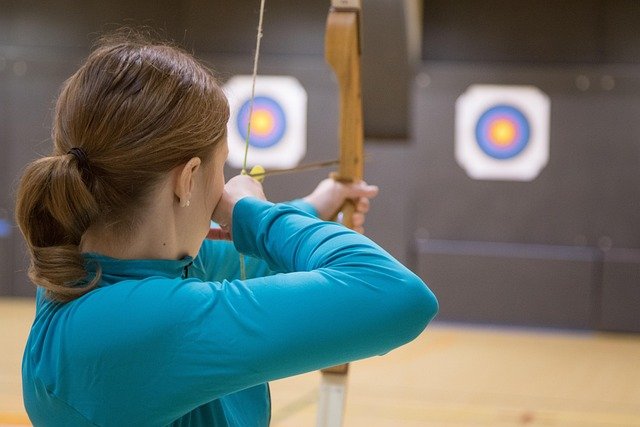Cognitive Empathy in the Age of Digital Tribes
The intricate dance of human connection takes on new dimensions as we navigate an increasingly digitized world. Cognitive empathy, our ability to understand and share the feelings of others, faces unique challenges and opportunities in this landscape of virtual communities and algorithmic echo chambers. Read below to explore how our capacity for empathy is evolving in response to the digital tribes we inhabit.

The Digital Tribal Landscape
Our online experiences are increasingly shaped by digital tribes - communities of like-minded individuals who gather around shared interests, beliefs, or identities. These tribes provide a sense of belonging and validation, but they also risk creating insular bubbles that limit exposure to diverse perspectives. Social media platforms, with their personalized content algorithms, can inadvertently reinforce these tribal boundaries, making it challenging to develop empathy for those outside our immediate circles.
The Paradox of Connectivity
While digital technologies have connected us on an unprecedented scale, they’ve also introduced new barriers to deep, empathetic understanding. The asynchronous nature of online communication, the absence of non-verbal cues, and the ease of disengagement can hinder our ability to fully grasp the emotional states of others. Paradoxically, our hyper-connected world can lead to feelings of isolation and a diminished capacity for face-to-face empathetic interactions.
Empathy in the Age of Information Overload
The sheer volume of information and stimuli we encounter daily can overwhelm our cognitive resources, leading to what psychologists term empathy fatigue. This phenomenon describes the reduced capacity to engage empathetically due to constant exposure to others’ emotional states, particularly in digital environments where we’re bombarded with news, personal stories, and calls for action. Navigating this landscape requires developing new strategies for managing our emotional bandwidth while remaining open to genuine connection.
The Rise of Digital Empathy Tools
In response to these challenges, innovators are developing technologies designed to enhance our capacity for empathy in digital spaces. Virtual reality experiences that allow users to step into the shoes of others, AI-powered empathy training programs, and apps that encourage mindful listening and perspective-taking are just a few examples of how technology is being leveraged to cultivate cognitive empathy. These tools show promise in bridging the empathy gap created by digital communication.
Redefining Empathy for the Digital Age
As we grapple with these new realities, it’s clear that our understanding and practice of empathy must evolve. Cognitive empathy in the digital age requires not only the ability to understand others’ emotions but also the skills to navigate complex online social dynamics, discern authentic connection from performative empathy, and maintain a sense of shared humanity across digital divides. This expanded concept of empathy encompasses digital literacy, critical thinking, and the capacity for nuanced online engagement.
Cultivating Cognitive Empathy in Digital Spaces
Fostering cognitive empathy in our digital interactions demands intentional effort and new approaches. Educators and parents play a crucial role in teaching digital empathy skills to younger generations, emphasizing the importance of diverse perspectives and respectful online discourse. For adults, practices such as mindful social media use, seeking out diverse viewpoints, and engaging in meaningful online and offline conversations can help strengthen empathetic muscles that may have atrophied in the digital age.
The Future of Human Connection
As we look to the future, the evolution of cognitive empathy in digital spaces will likely shape the course of human connection and social cohesion. The challenge lies in harnessing the connective power of technology while preserving and enhancing our fundamental capacity for empathy. By remaining aware of both the pitfalls and potential of our digital tribal landscape, we can work towards a future where technology amplifies rather than diminishes our ability to understand and connect with one another on a deeper level.





